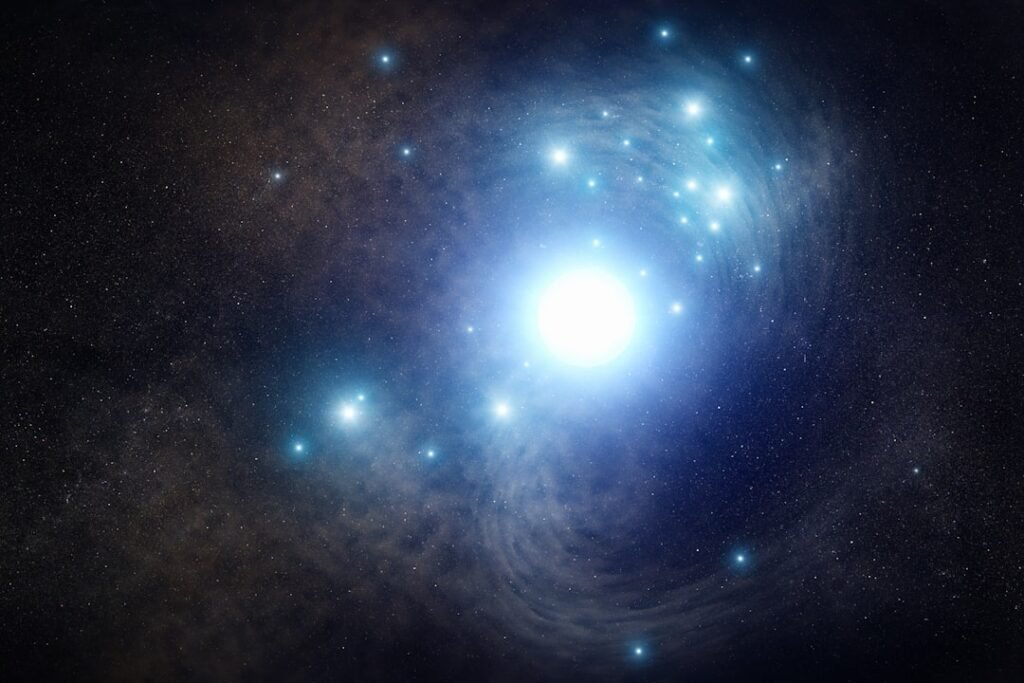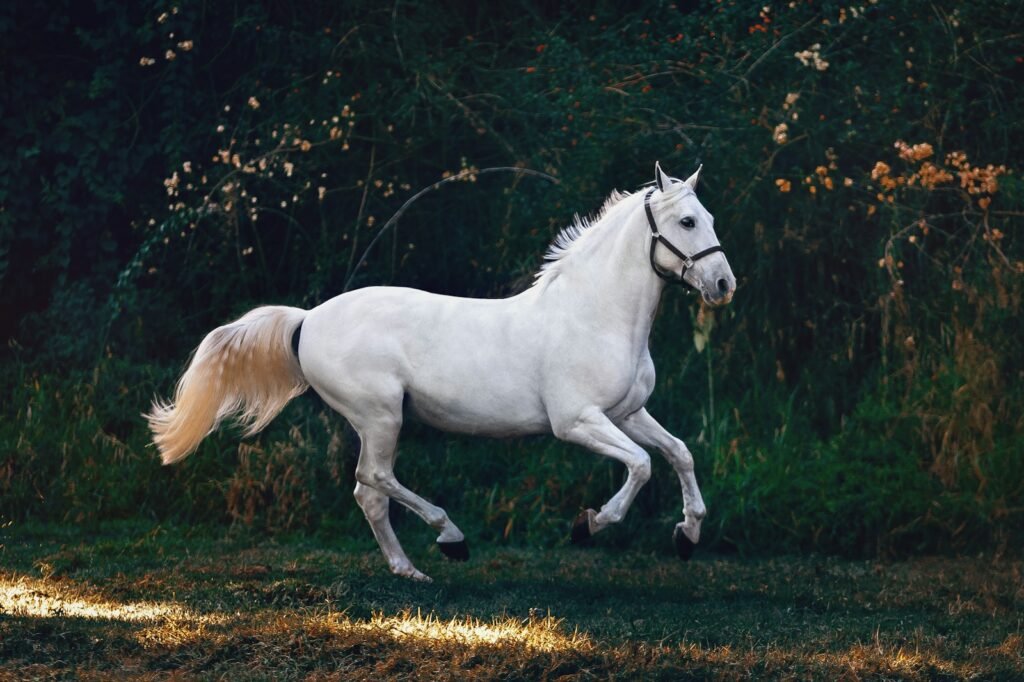The universe’s most ancient stars have held their secrets for over 13 billion years, but recent research is forcing astronomers to completely rethink what those earliest celestial beacons were actually like. For decades, scientists believed these primordial giants were uniformly massive monsters that burned bright and died young. Now, cutting-edge computer simulations and unexpected molecular discoveries are painting a dramatically different picture – one where the first stars might have been far cooler, smaller, and more diverse than anyone imagined. This revelation isn’t just changing textbooks; it’s revolutionizing our understanding of how the universe itself evolved from darkness to light.
The Traditional Picture Gets Turned Upside Down
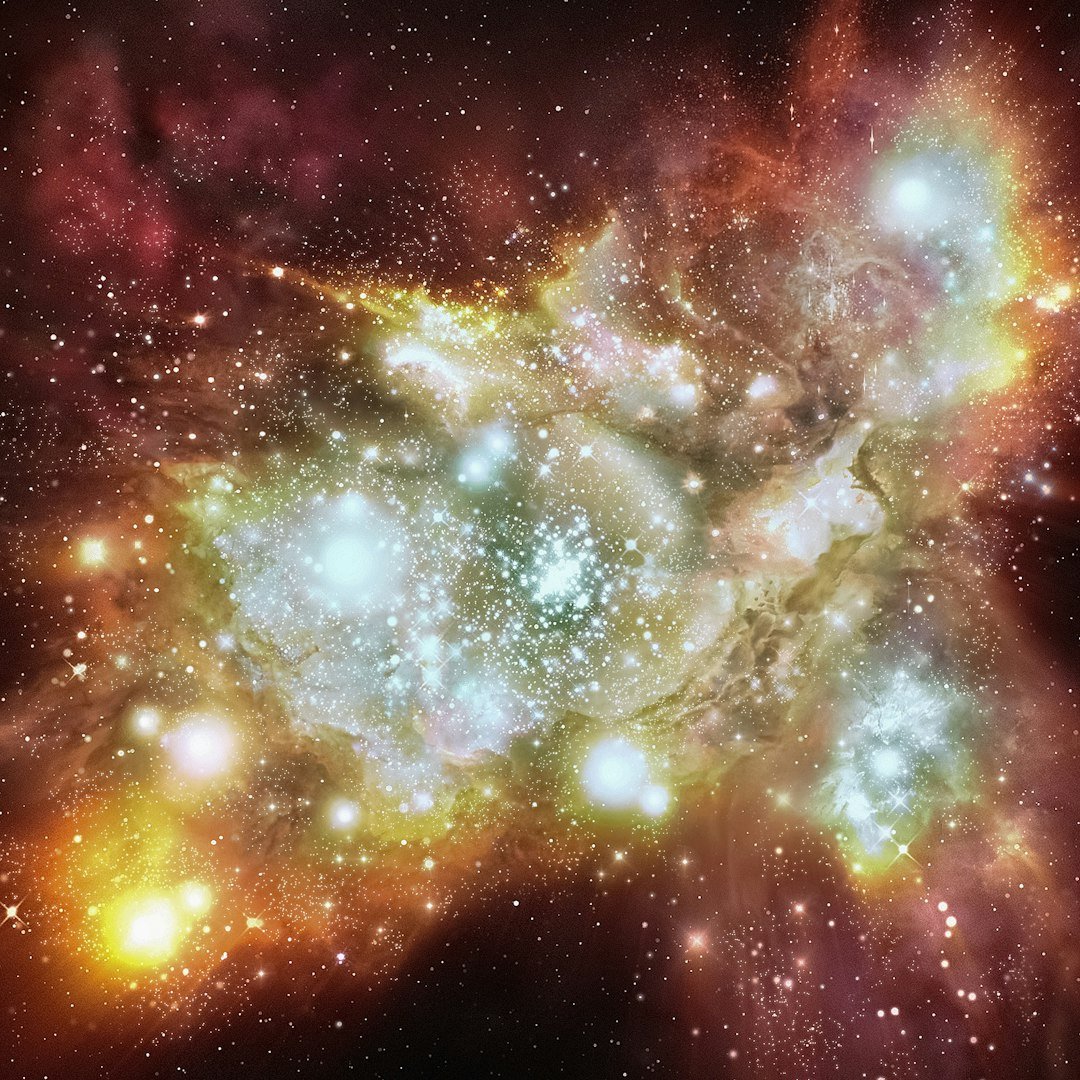
Picture this: you’ve been told your whole life that the universe’s first stars were all massive behemoths, hundreds of times heavier than our Sun, burning impossibly bright before exploding in spectacular supernovas. Theory predicts that the first stars were 30 to 300 times as massive as our Sun and millions of times as bright, burning for only a few million years before exploding as supernovae. This seemed logical – without heavy elements to help cool their birth clouds, only the most massive gas clumps could collapse into stars.
But here’s where it gets wild: Recent studies suggest that collapsing gas clouds in the early universe may have formed lower-mass stars as well. Scientists are now discovering that the early universe wasn’t the simple, one-size-fits-all stellar factory they thought. Instead of uniform giants, we’re looking at a chaotic, turbulent environment that could produce stars ranging from Sun-sized to supergiants.
Helium Hydride: The Universe’s First Cosmic Coolant
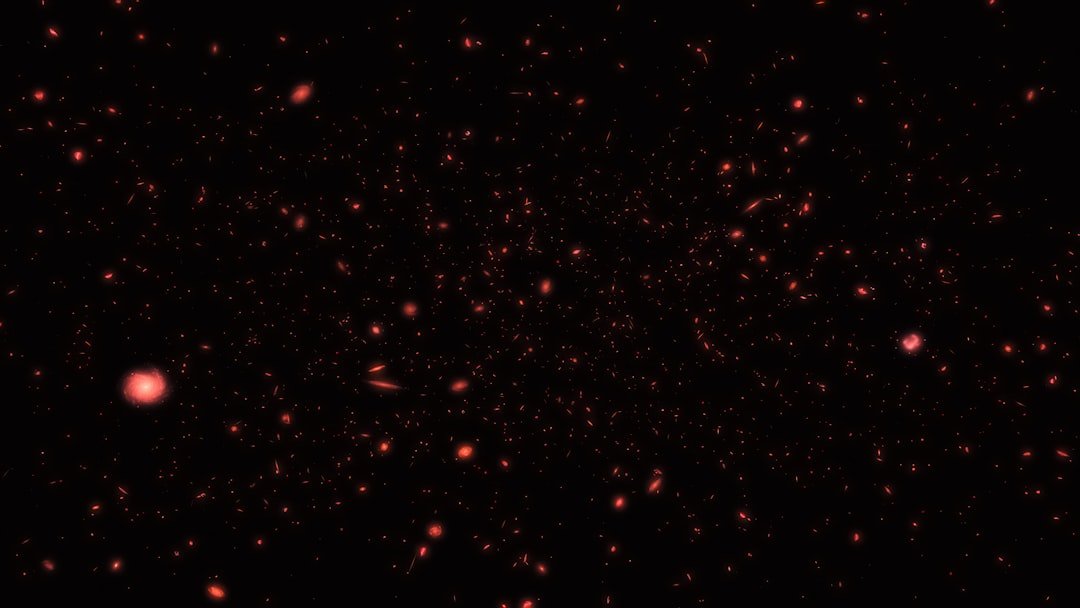
Remember learning in chemistry class that helium never reacts with anything? Well, the early universe had other plans. Recent research has suggested that the first molecule to form in the universe, helium hydride, HeH⁺, could have been more abundant in the early universe than previously thought. This discovery is absolutely mind-blowing because helium is a noble gas, meaning it does not react with other atoms to form molecules or chemical compounds. As it turns out, it does – but only under the extremely sparse and dark conditions of the early universe, before the first stars formed.
What makes this even more fascinating is how this rogue molecule behaves. HeH⁺ reacts with hydrogen deuteride – HD, which is one normal hydrogen atom bonded to a heavier deuterium atom – to form H₂. In the process, HeH⁺ also acts as a coolant and releases heat in the form of light. Think of it as the universe’s first air conditioning system, helping those early gas clouds chill out enough to form smaller, cooler stars than previously thought possible.
Turbulence Creates Stellar Chaos in Primordial Clouds
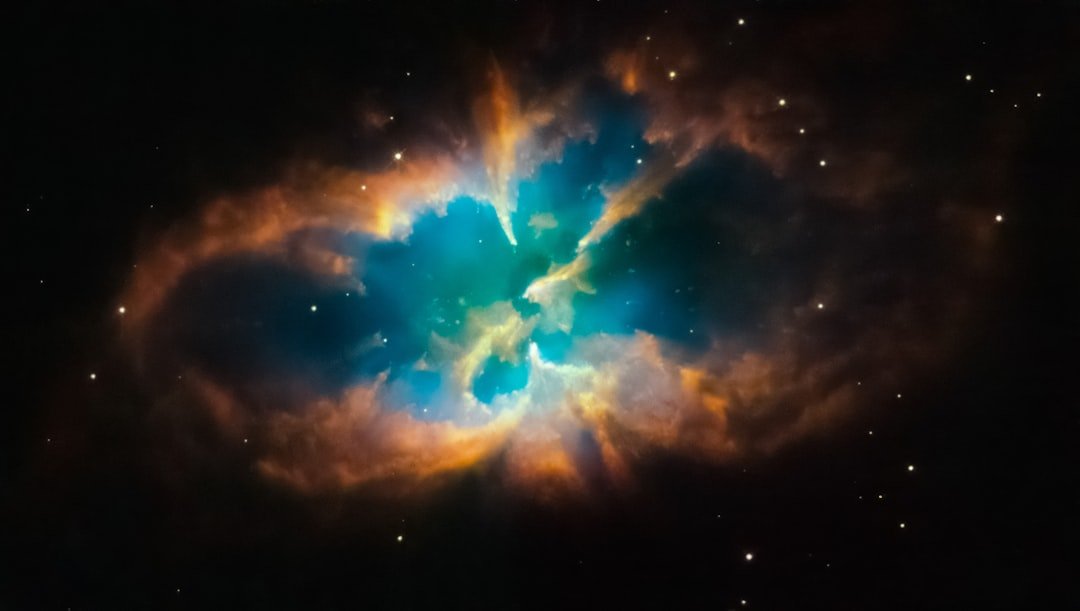
The story gets even more interesting when we dive into the violent, chaotic nature of early star formation. These simulations, led by Ke-Jung Chen of the Institute of Astronomy and Astrophysics at Academia Sinica in Taiwan and detailed in a study published in The Astrophysical Journal Letters, reveal that violent turbulence in primordial gas clouds played a far more significant role in star formation than previously thought. Imagine trying to bake a cake in an earthquake – that’s essentially what was happening in these ancient stellar nurseries.
In related research, scientists have used computer simulations to model using a detailed computer simulation that modeled how gas in the early universe may have flowed. The team’s model demonstrated that turbulence, or irregular motion, in giant collapsing gas clouds can form lower-mass cloud fragments from which lower-mass stars condense. The study concluded that turbulence may have allowed these early gas clouds to form stars either the same size or up to 40 times more massive than the Sun’s mass. This turbulent fragmentation process fundamentally changes everything we thought we knew about stellar birth in the cosmic dawn.
The Missing Supernova Signatures Mystery
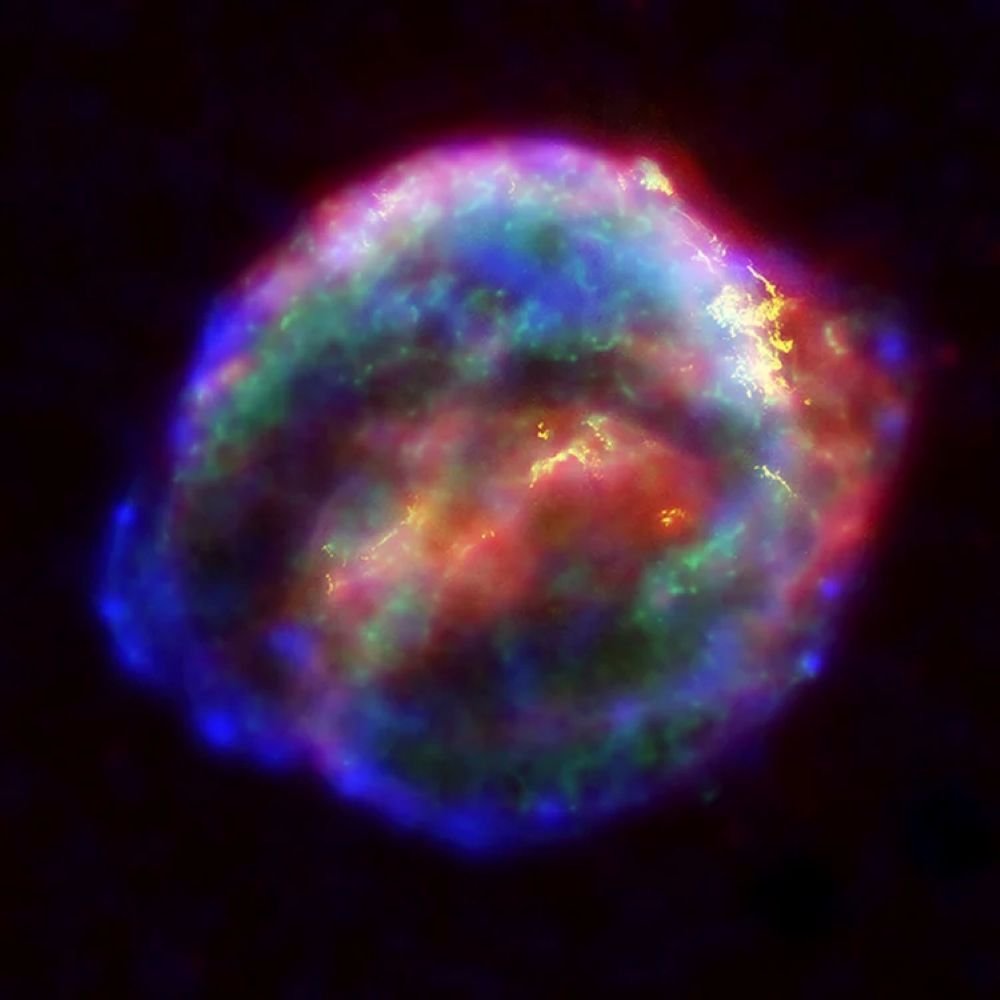
Here’s a puzzle that’s been driving astronomers crazy: if all the first stars were massive monsters that exploded as supernovas, where are the chemical fingerprints they should have left behind? Theoretical models show that Pop III stars have masses between 80 and 260 solar masses, and that they would die as pair-instability supernovae. But these types of SN leave unique signatures which haven’t been observed. These simulations suggest that the reason those signatures don’t exist is because our theories are wrong and need updating.
The absence of these expected chemical signatures has created what scientists call the “missing supernova problem.” If the early universe was really populated by nothing but massive stars that died in spectacular explosions, we should see their chemical remnants scattered throughout space today. The fact that we don’t is one of the strongest pieces of evidence that our picture of early stellar masses was completely wrong.
Cold Stars That Glow Red in the Ancient Dark
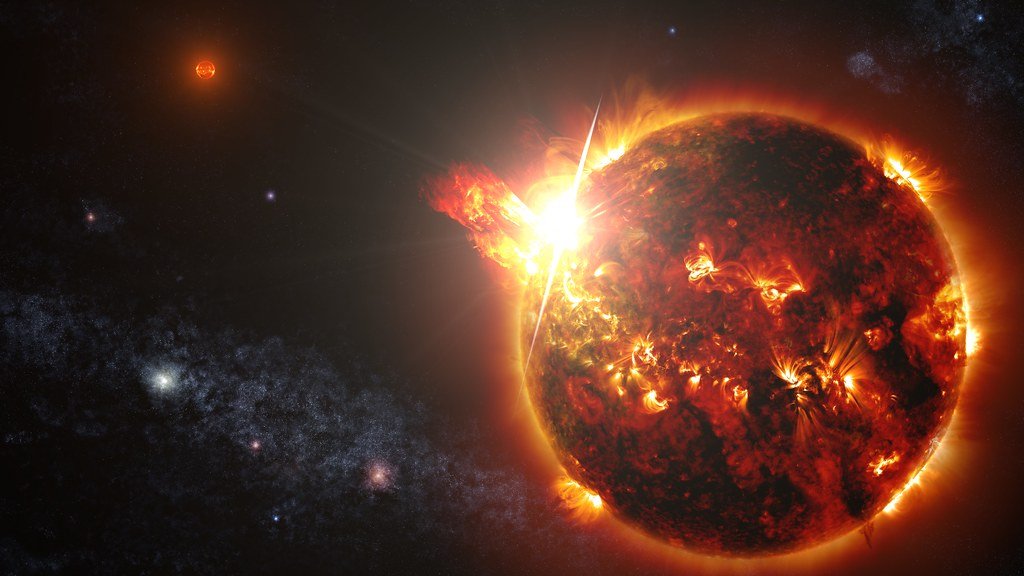
The revelation about cooler early stars completely changes how we imagine the cosmic dawn looked. Cold stars emit little light due to their low temperatures compared to normal stars, Leja explained. Most stars in the universe are low-mass, colder stars, but they are typically harder to see as they are washed out by rarer, more luminous massive stars. Astronomers identify cold stars by their glow, which is primarily in the red optical or near-infrared spectrum, wavelengths of light that are no longer visible.
Instead of the brilliant blue-white giants we imagined lighting up the universe, the first stellar generation might have included countless dim, red stars that barely glowed against the cosmic background. These ancient cold stars would have been the universe’s equivalent of campfires rather than blazing torches, slowly warming their surroundings over billions of years instead of burning out in cosmic instants.
The Pre-Heated Universe Challenge
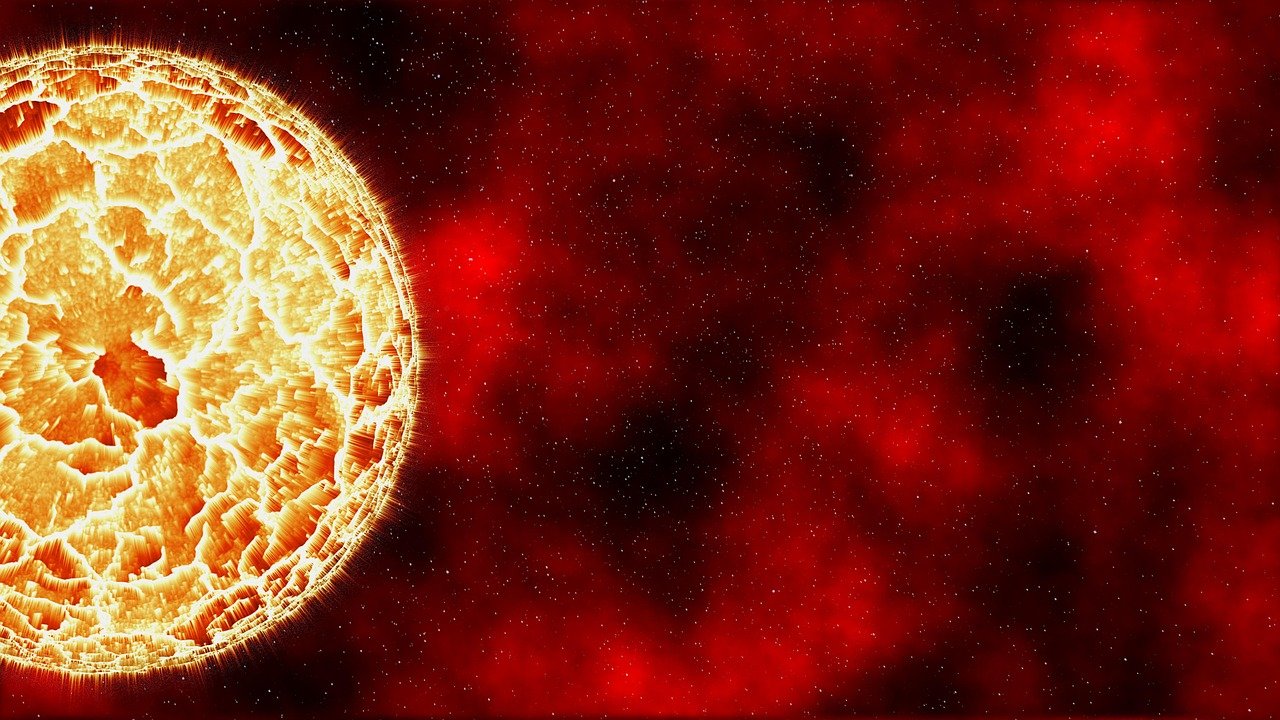
Recent observations have thrown another curveball into our understanding of early cosmic conditions. Astronomers hunting for evidence of the light from the first stars and galaxies have found that the universe was warm, rather than cold, before it “lit up.” A Curtin University-led team from the International Center of Radio Astronomy Research (ICRAR) was searching for the elusive “Epoch of Reionization,” using the Murchison Widefield Array telescope (MWA) located at Inyarrimanha Ilgari Bundara, the CSIRO Murchison Radio-Astronomy Observatory on Wajarri Yamaji Country in Western Australia.
The lack of that signal rules out such a ‘cold start’ to reionization and means the universe must have been “pre-heated” before reionization happened. The research suggests this heating is likely driven by the energy from early sources of X-rays from early black holes and stellar remnants spreading through the universe. This pre-heating would have created entirely different conditions for star formation than scientists previously modeled, potentially favoring the formation of smaller, cooler stars.
Molecular Hydrogen: The Universe’s Thermostat
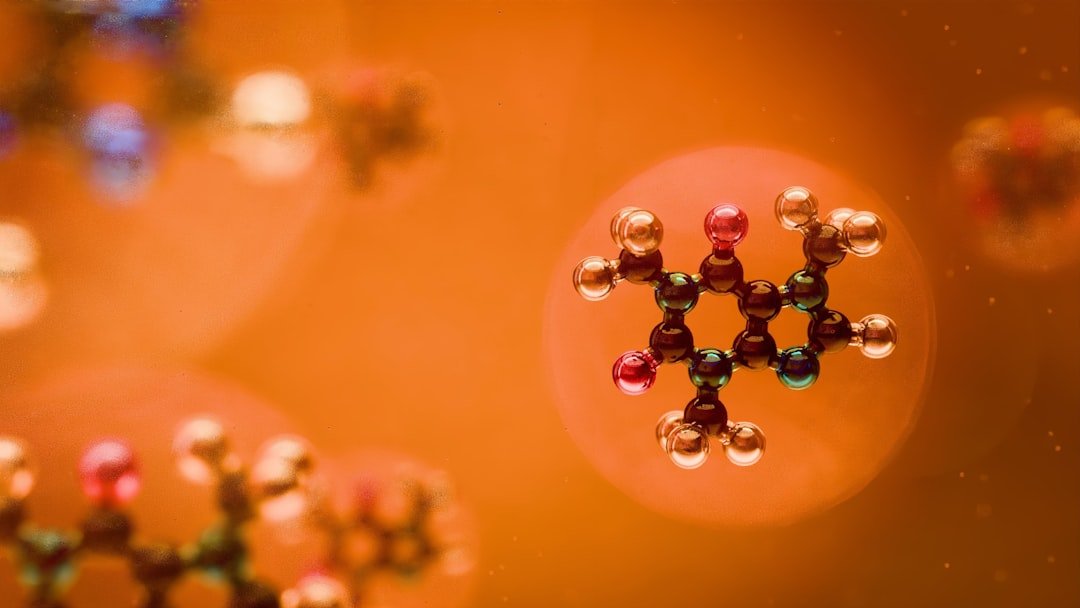
The key to understanding why early stars might have been cooler lies in the behavior of molecular hydrogen, the universe’s most important cooling agent. While hydrogen and helium atoms are inefficient radiators at lower temperatures, molecular hydrogen (H₂) excels at cooling gas. This molecule acts like a cosmic thermostat, allowing gas clouds to dump heat and collapse more easily.
When energized, H₂ emits infrared light, cooling the gas and lowering pressure, making gravitational collapse more probable. For years, astronomers believed that low H₂ abundance in the early universe resulted in hotter clouds, preventing easy collapse into stars. Only massive clouds with strong gravitational forces could collapse, leading to massive star formations. However, new findings suggest that early molecular hydrogen may have been more abundant, allowing for the formation of lower-mass stars. It’s like discovering that the early universe had better air conditioning than we thought.
The Jeans Mass Revolution
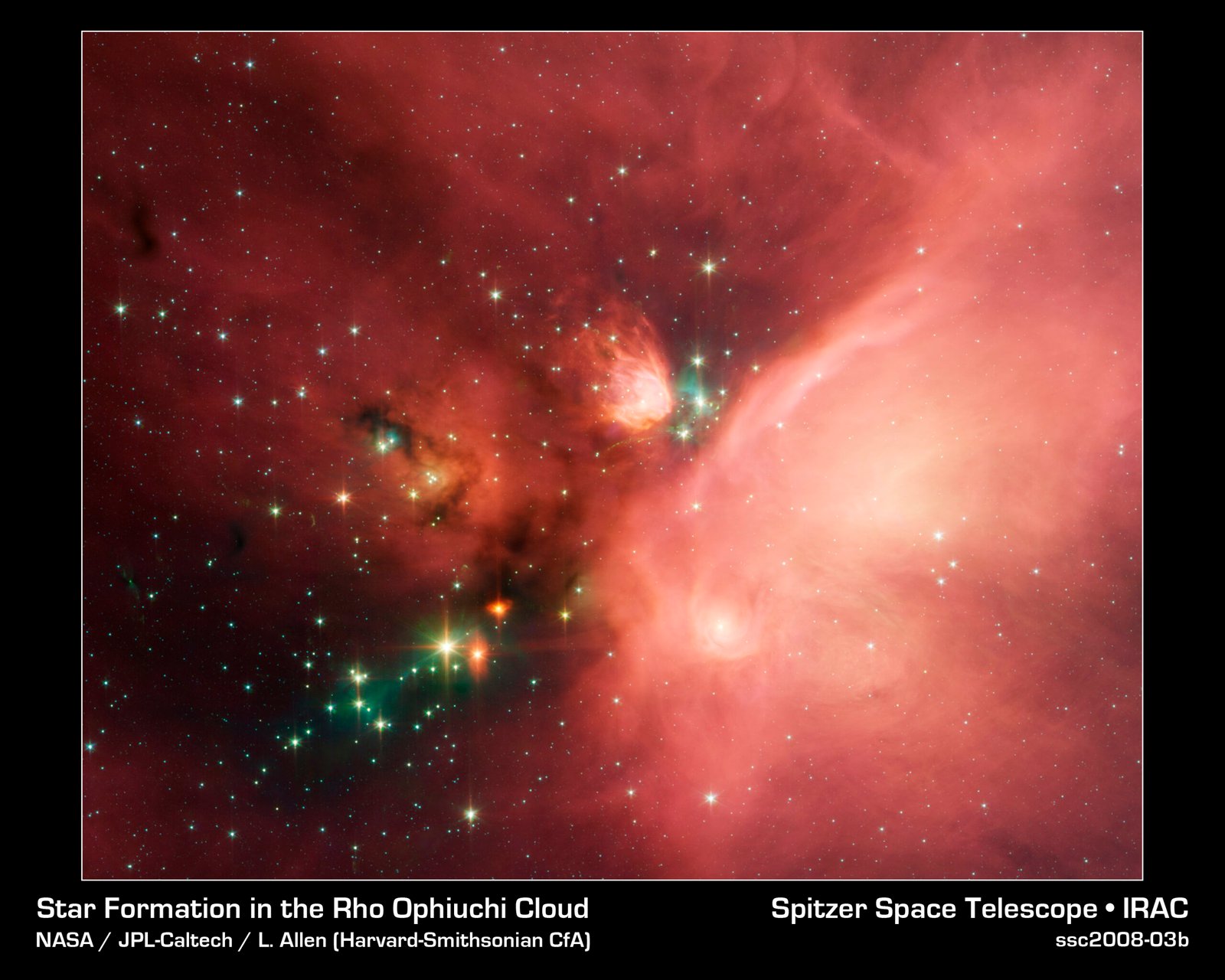
At the heart of star formation lies a concept called the Jeans mass – essentially the minimum size a gas cloud needs to be to collapse under its own gravity. Instead, HD effects can be important during the intermediate stage of gas fragmentation: objects below a certain mass scale (∼3 × 105 M⊙ at zvir= 20 in our ‘fiducial’ case) can be cooled by HD down to T∼ 50–100 K, whereas H2 cooling never takes the gas below T∼ 200 K. The lower temperature implies a reduction of a factor of ∼10 in the Jeans mass of the fragmenting gas, and stars forming in such low-mass haloes are probably less massive than their counterparts in larger haloes.
This is revolutionary because it means gas clouds roughly ten times smaller than previously thought possible could collapse to form stars. Imagine if you suddenly discovered that soap bubbles could form at one-tenth their normal size – that’s the kind of paradigm shift we’re talking about. Smaller Jeans masses directly translate to smaller, cooler stars that could live for billions of years instead of burning out in millions.
Surviving Ancient Stars Still Burning Today
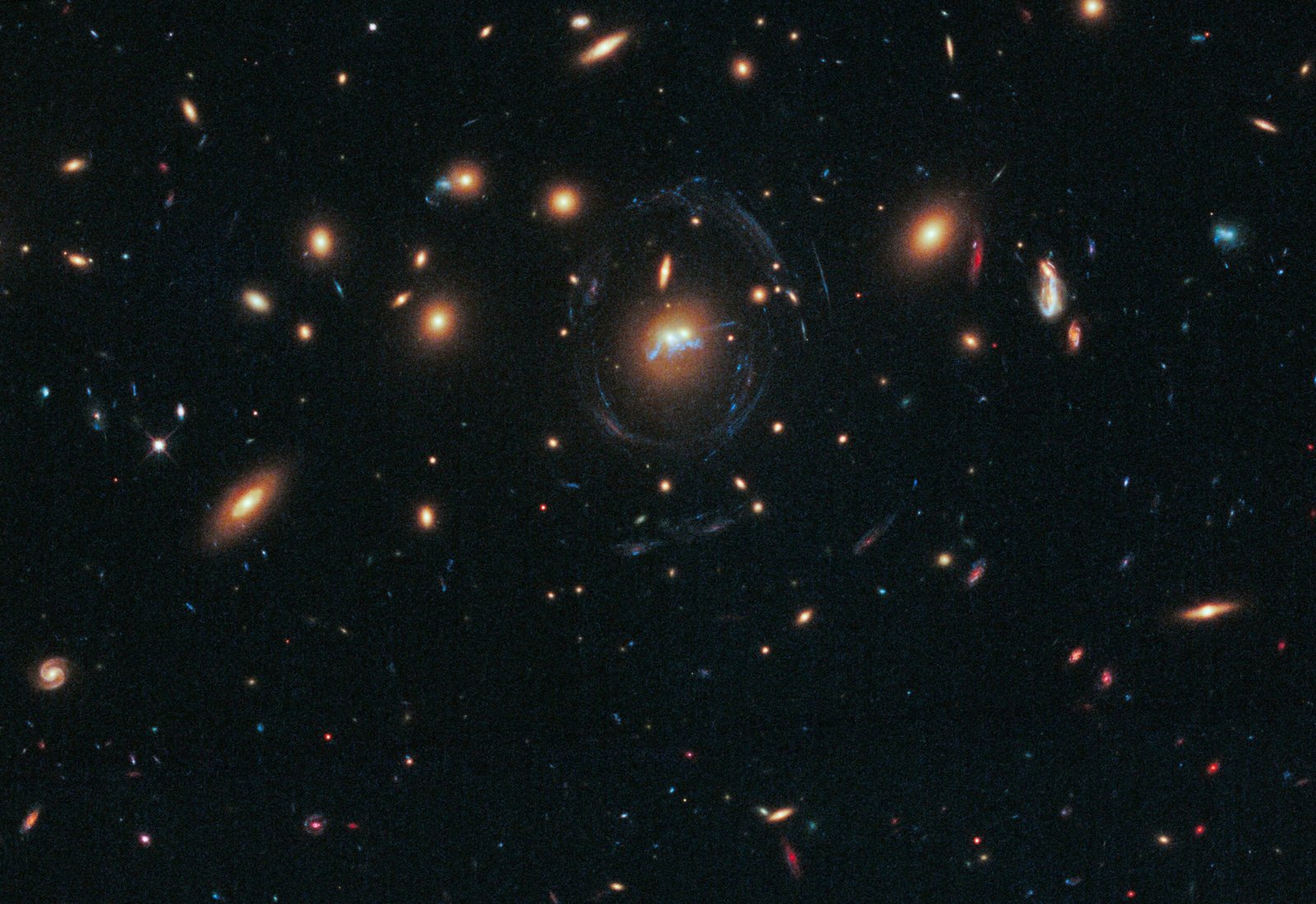
Perhaps the most exciting possibility emerging from this research is that some of the universe’s first stars might still exist today, quietly burning in distant corners of the cosmos. If the earliest stars were all high-mass stars, then they would have exploded long ago. But if low-mass stars also formed in the early universe, they may still exist for us to observe. This is absolutely mind-blowing when you think about it – we might actually be able to observe stars that formed when the universe was just a few hundred million years old.
Low-mass stars have low luminosities, so they are extremely faint. Several observational studies have recently reported possible detections, but none are yet confirmed with high confidence. Finding these ancient stellar survivors would be like discovering living dinosaurs – direct witnesses to the universe’s youth that have somehow managed to keep burning for over 13 billion years.
The James Webb Space Telescope’s Quest for Ancient Light
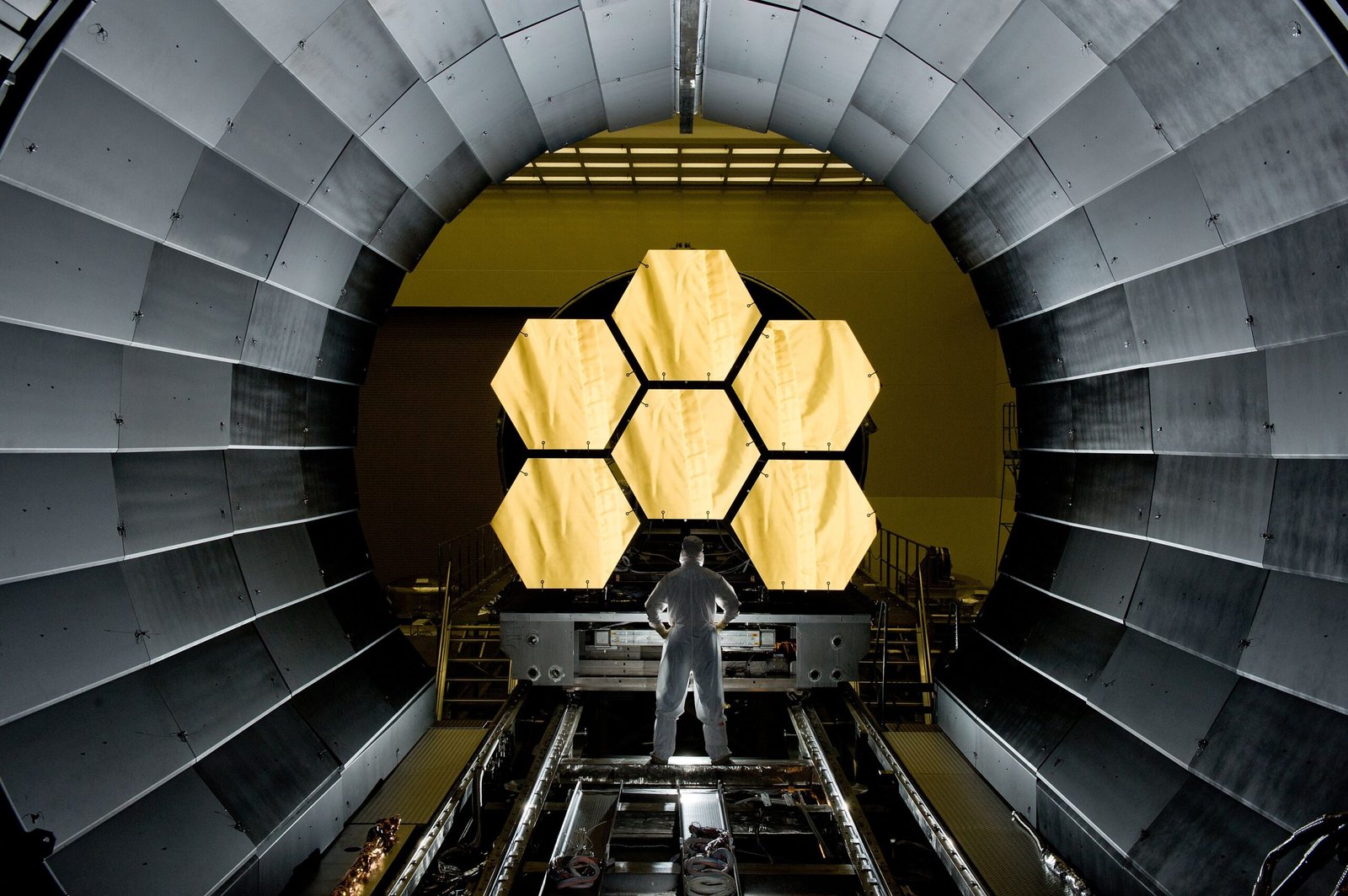
The search for these cooler, ancient stars has become one of the hottest pursuits in modern astronomy, with the James Webb Space Telescope leading the charge. One of the main objectives of the James Webb Space Telescope (JWST) is to study the early Universe by using its powerful infrared optics to spot the first galaxies while they were still forming. Using Webb data, astronomers have identified early galaxies that formed within the first billion years after the Big Bang.
These observations are revealing that early galaxies had abundant cold gas, exactly the kind of environment that would favor the formation of smaller, cooler stars. Of course, many unanswered questions remain, not the least of which has to do with the distribution of the cold gas in these early galaxies. Also, astronomers are still unsure if this gas is pristine or already populated by heavier elements. Each new observation is like opening another window into the universe’s mysterious youth.
Implications for Cosmic Evolution and Life
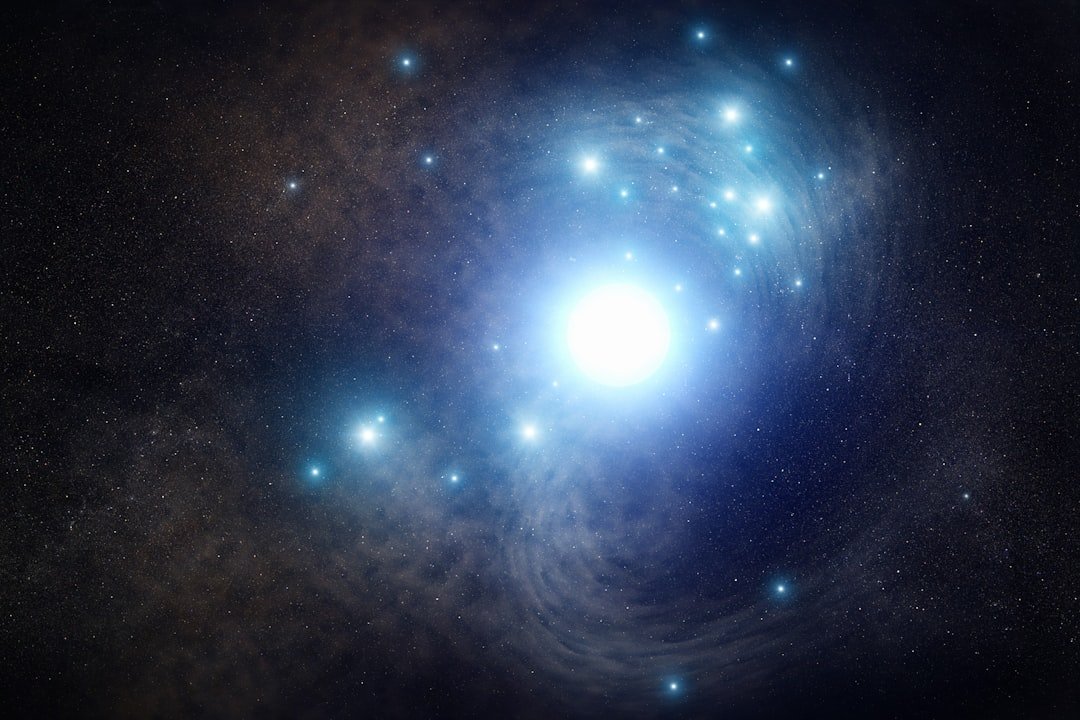
The discovery that early stars were likely cooler and more diverse than previously thought has profound implications for how the universe evolved and even for the potential emergence of life. Cooler, longer-lived stars would have provided more stable environments around them, potentially allowing for the gradual development of complex chemistry and eventually planetary systems. Instead of a universe dominated by violent, short-lived stellar explosions, we might be looking at a more nuanced cosmic evolution.
In addition to ionizing the gas, reionization also heats it – likely by a factor of several thousand. The increased gas temperature makes it harder for other galaxies, especially small ones, to attract this gas. Thus reionization shifts galaxy growth toward larger objects, halting some of the smallest from continuing to form stars. This heating effect would have been different if driven by a mix of small and large stars rather than just massive giants, potentially creating a more complex and interesting early universe.
Conclusion: Rewriting the Story of Cosmic Dawn

The emerging picture of the universe’s first stars is far richer and more complex than the simple story of massive giants that astronomers have told for decades. From helium hydride molecules acting as cosmic coolants to turbulent gas clouds fragmenting into stars of all sizes, the cosmic dawn was apparently a much more chaotic and diverse event than anyone imagined. The possibility that ancient, cool stars from this era might still be burning today adds an almost romantic element to the story – these would be the ultimate cosmic elders, witnesses to the universe’s transformation from darkness to light.
As we continue to peer deeper into space and further back in time with increasingly sophisticated telescopes and computer models, we’re likely to discover even more surprises about how the universe’s first stars formed and evolved. The fact that we’re still learning such fundamental things about cosmic history reminds us just how much mystery remains in the universe around us. What other secrets might these ancient stars be hiding, waiting for us to develop the tools and wisdom to uncover them?

Jan loves Wildlife and Animals and is one of the founders of Animals Around The Globe. He holds an MSc in Finance & Economics and is a passionate PADI Open Water Diver. His favorite animals are Mountain Gorillas, Tigers, and Great White Sharks. He lived in South Africa, Germany, the USA, Ireland, Italy, China, and Australia. Before AATG, Jan worked for Google, Axel Springer, BMW and others.

